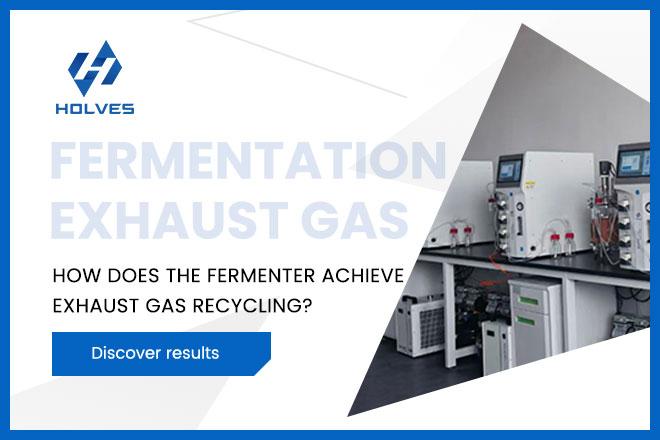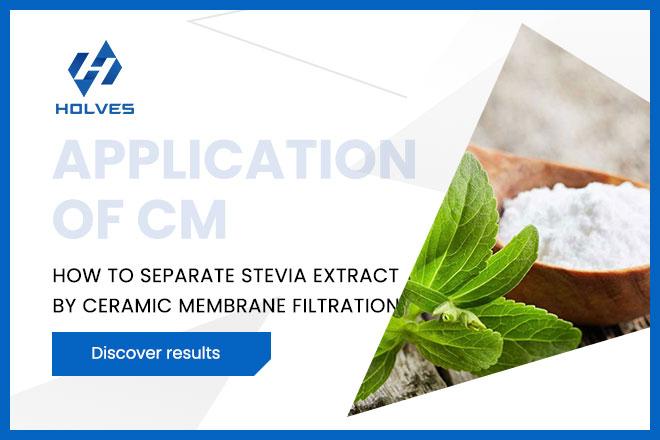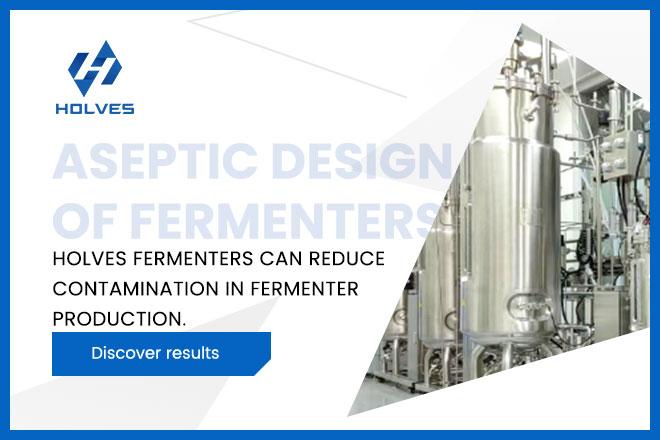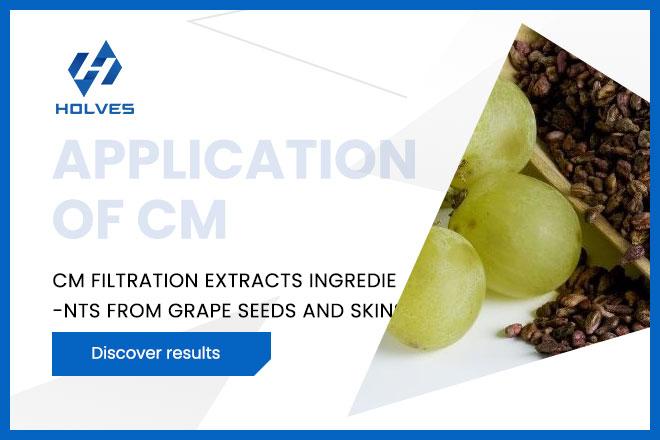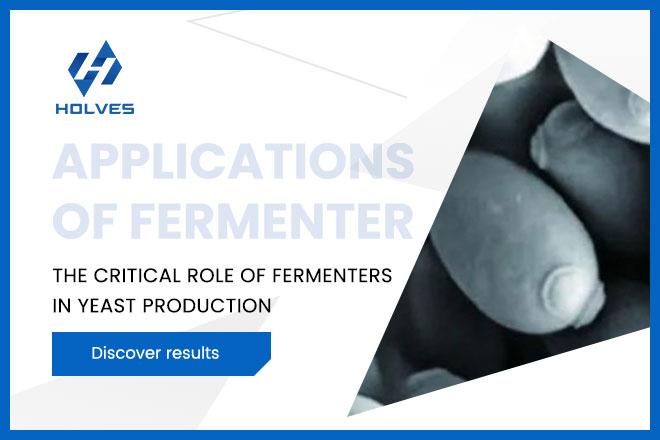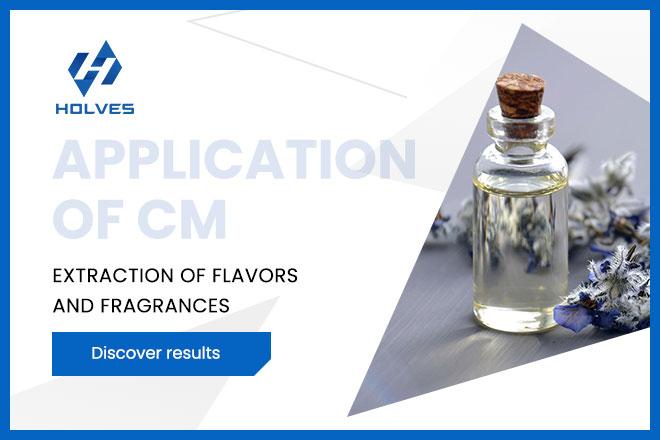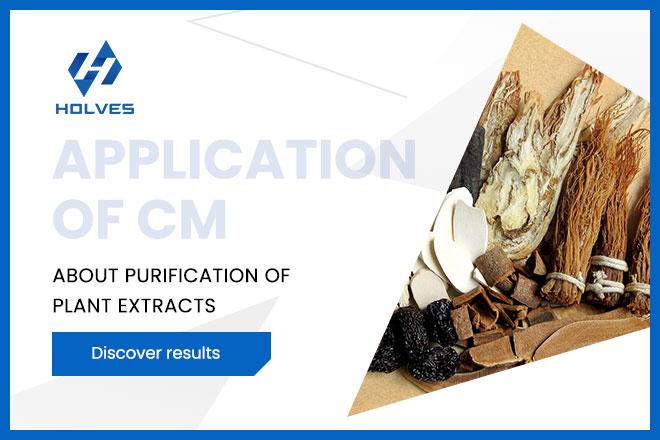Antibiotics, as the core weapon of human beings against infectious diseases, cover key drugs such as penicillins, cephalosporins, macrolides (e.g. erythromycin), aminoglycosides, etc. The production of these drugs is highly dependent on microbial fermentation. The production of these drugs is highly dependent on microbial fermentation, and the efficient and highly selective isolation and purification of target antibiotic molecules from fermentation broths with extremely complex compositions has always been a technical challenge for the industry.
Purification & Concentration
The clarified fermentation broth contains target antibiotics, residual proteins, nucleic acids, pigments, inorganic salts and various small molecule metabolites. Ceramic ultrafiltration membranes play a central role in this process:
1. Remove macromolecular impurities: effectively intercept residual proteins, nucleic acids, polysaccharides and colloidal pigments and other macromolecular impurities, greatly improving the purity and transmittance of the filtrate, creating good conditions for the subsequent refining steps.
2. Concentration of target products: While removing impurities, the target antibiotic molecules are concentrated with high efficiency, which significantly reduces the volume of material for subsequent processing, thus significantly reducing the consumption of organic solvents or chromatographic resin, and lowering the production cost and energy consumption for solvent recovery.
3. Desalination and small molecule impurity removal: Combined with nanofiltration (NF) grade ceramic membrane, inorganic salt ions and small molecule impurities can be further removed to achieve a higher degree of refinement, especially for the production of injection-grade antibiotics with stringent requirements on salt or impurity content. The resistance of ceramic membranes to organic solvents allows for stable performance and long life in solvent-involved material handling or cleaning.
1. Remove macromolecular impurities: effectively intercept residual proteins, nucleic acids, polysaccharides and colloidal pigments and other macromolecular impurities, greatly improving the purity and transmittance of the filtrate, creating good conditions for the subsequent refining steps.
2. Concentration of target products: While removing impurities, the target antibiotic molecules are concentrated with high efficiency, which significantly reduces the volume of material for subsequent processing, thus significantly reducing the consumption of organic solvents or chromatographic resin, and lowering the production cost and energy consumption for solvent recovery.
3. Desalination and small molecule impurity removal: Combined with nanofiltration (NF) grade ceramic membrane, inorganic salt ions and small molecule impurities can be further removed to achieve a higher degree of refinement, especially for the production of injection-grade antibiotics with stringent requirements on salt or impurity content. The resistance of ceramic membranes to organic solvents allows for stable performance and long life in solvent-involved material handling or cleaning.
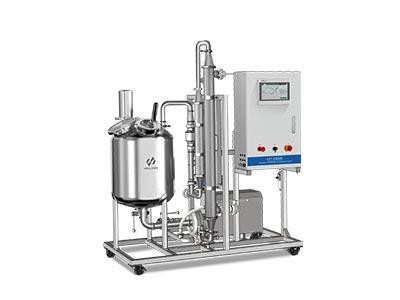
Application of ceramic membrane filtration technology
The application of ceramic membrane filtration technology in antibiotic extraction and separation has brought about an all-round improvement:
1. Enhance product quality: The physical separation process avoids the risks of heat introduction and chemical denaturation, resulting in high product purity and stable molecular structure.
2. Significantly reduce production costs: eliminate the cost of filter aids and their hazardous waste disposal costs.
3. Significantly reduce solvent/resin consumption and recycling costs for subsequent extraction or chromatography steps.
4. Increase the yield of target antibiotics and reduce process losses.
5. Simplify the process, shorten the production cycle, improve equipment utilization and automation level.
1. Enhance product quality: The physical separation process avoids the risks of heat introduction and chemical denaturation, resulting in high product purity and stable molecular structure.
2. Significantly reduce production costs: eliminate the cost of filter aids and their hazardous waste disposal costs.
3. Significantly reduce solvent/resin consumption and recycling costs for subsequent extraction or chromatography steps.
4. Increase the yield of target antibiotics and reduce process losses.
5. Simplify the process, shorten the production cycle, improve equipment utilization and automation level.
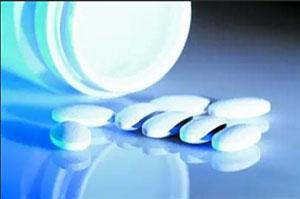
Reliable choice for industry upgrades
Ceramic membrane technology has been successfully applied in the industrialized production of penicillin, cephalosporin, erythromycin, vancomycin and many other important antibiotics. Taking penicillin as an example, ceramic microfiltration membrane is used to replace plate and frame filtration for clarification and sterilization of fermentation broth, completely eliminating diatomaceous earth; ultrafiltration membrane removes large molecule proteins and pigment impurities, improving the quality of filtrate; and the subsequent combination of nano-filtration membrane is used for desalting and pre-concentration, significantly reducing the amount of extraction solvents.
The process not only significantly reduces the comprehensive production cost and environmental protection pressure, but also improves the yield and quality stability of penicillin. Practice has fully proved that ceramic membrane filtration has become an indispensable core unit operation in the modern antibiotic extraction and separation process due to its high efficiency, stability, high tolerance and green and low-carbon features, and its mature and reliable application provides a solid technical support to enhance the competitiveness of the industry.
The process not only significantly reduces the comprehensive production cost and environmental protection pressure, but also improves the yield and quality stability of penicillin. Practice has fully proved that ceramic membrane filtration has become an indispensable core unit operation in the modern antibiotic extraction and separation process due to its high efficiency, stability, high tolerance and green and low-carbon features, and its mature and reliable application provides a solid technical support to enhance the competitiveness of the industry.
